QUITO, Ecuador – Amazonian nomads who have roamed the Ecuadorian rainforest for centuries are losing their battle against the outside world.
Dozens of Tagaeri and Taromenane, clans of the Huaorani indigenous people, have been murdered in territorial clashes and revenge killings since 2003. Indigenous rights activists fear more bloodshed is likely as Ecuador intensifies oil drilling in the jungle.
Several hundred Tagaeri and Taromenane live in voluntary isolation in the South American country, which is about the size of Colorado. They are among the world’s most threatened tribes.
President Rafael Correa has declared that Ecuador is a “reference point” in the region for safeguarding indigenous people living in isolation.
Critics question that.
“The rights of the Huaorani have been trampled time after time,” said Eduardo Pichilingue, former head of the Environment Ministry’s program for isolated tribes.
Correa removed Pichilingue from his post in February 2010 after he wrote a report asking for an end to seismic testing at Campo Armadillo and two other areas in the eastern jungle where isolated tribesmen had been spotted.
Testing was suspended after deadly clashes with the tribesmen, but now the government is pushing into Campo Armadillo once again as part of a broader campaign to drill in some of Ecuador’s most ecologically sensitive areas.
Pichilingue, an ecologist in the capital city of Quito, fears the Tagaeri and Taromenane will be wiped out.
“We’re not talking about animals,” he said. “We’re talking about human beings. They have rights and we should respect them.”
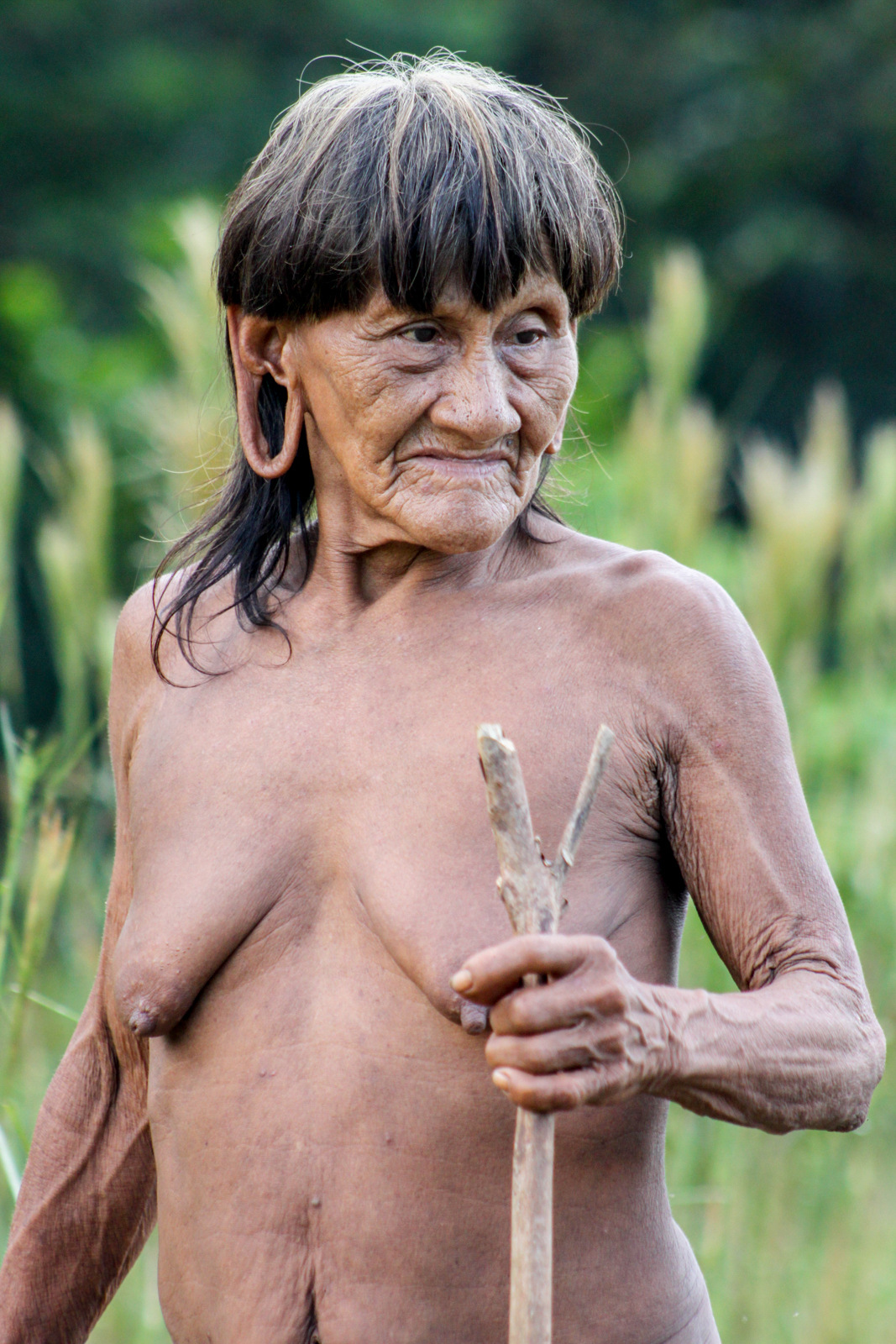
In June, Ecuadorian officials announced that it had awarded a $123.5 million contract to extract oil from Campo Armadillo, also known as oil concession block 55.
Companies have pumped oil from the ground beneath the rainforest for decades. They first drilled at Campo Armadillo in 1997. That ended after two years, according to Belorusneft, a Belarus company that is carrying out the contract along with Edinpetrol, an Ecuadorian engineering company.
The prospect of renewed drilling worries indigenous rights advocates, who say Armadillo is part of the tribesmen’s territory.
On March 1, 2008, warriors speared logger Luis Castellanos to death less than two miles from an Armadillo oil well. Three days later, Huaorani leader Manuel Huane Cahuiya and his sons went searching for the killers, said a June 2009 Environment Ministry report by Pichilingue.
After walking for three days, Cahuiya and his sons came upon a Taromenane house. The warriors ran to get their spears. Cahuiya said he grabbed a child and threatened him to prevent the warriors from attacking.
Cahuiya said the tribesmen told him they were “very sad and upset” because Huaorani had attacked and killed many of their relatives, women and children. A warrior admitted to killing Castellanos because he had invaded their territory and “was making a lot of noise,” which scared away birds.
Cahuiya said he left the tribesmen gifts, then returned to Ñoneno, a village in the Armadillo area.
Huaorani in Ñoneno told Pichilingue they wanted the oil company to stay. Oil workers had paid residents $1,200 each to allow seismic testing.
After getting the money, many families went to straight to Coca, a bustling town of nearly 50,000 along the Napo River and a starting point for expeditions into the jungle.
“While the women bought clothes, the men spent the money on parties and alcohol,” the report said.
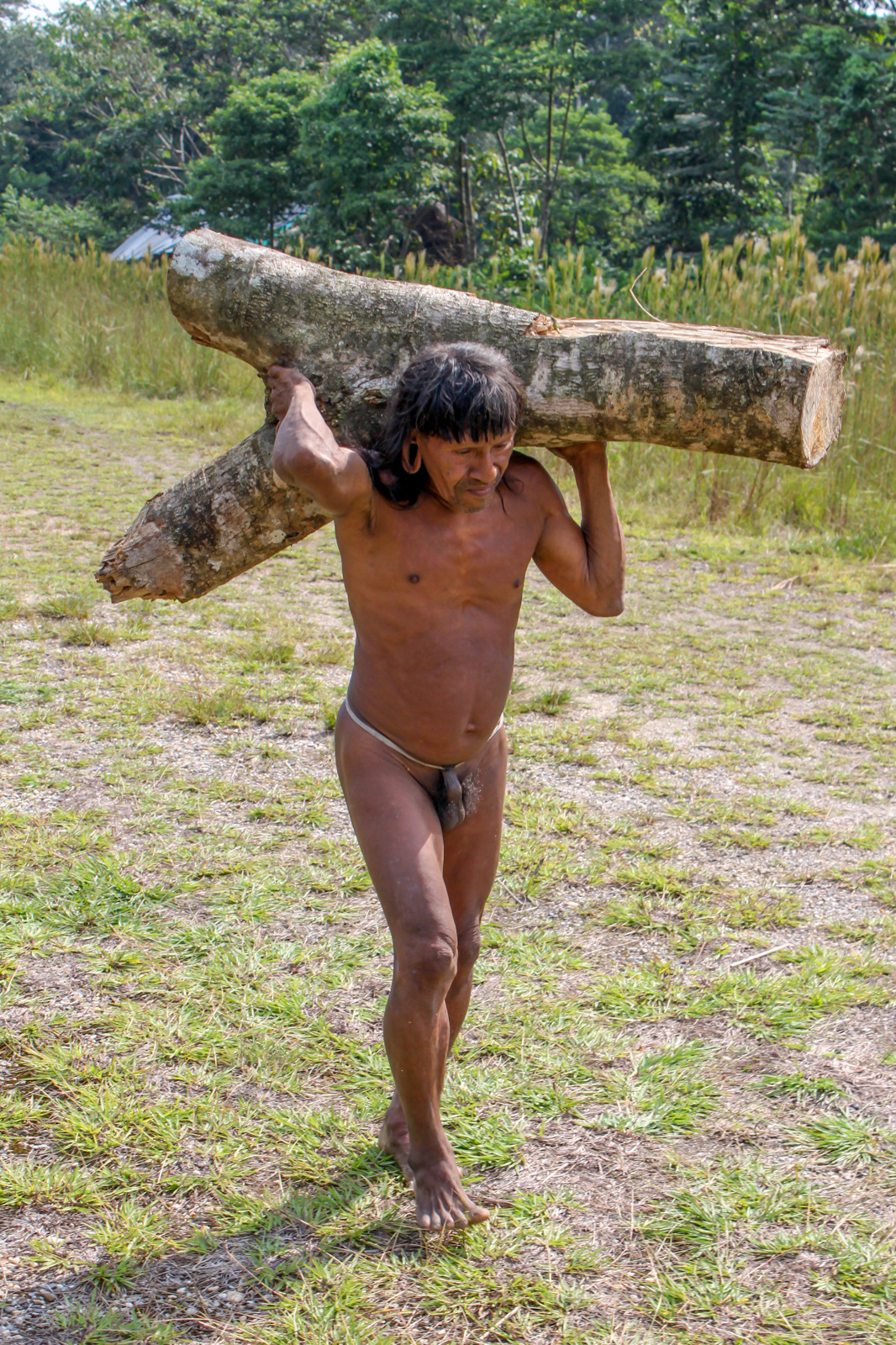 Encounters with the tribesmen continued. A colonist suggested that the government hire police to shoot at the warriors in case they got too close.
Encounters with the tribesmen continued. A colonist suggested that the government hire police to shoot at the warriors in case they got too close.
On May 31, 2009, a Taromenane grabbed a Huaorani from behind while he was hunting a monkey. Frightened, the Huaorani said he shot the warrior in the stomach and ran.
More bloodshed followed on Aug. 10, 2009. Sandra Zabala was on her way to sign up her children for school when the naked warriors, their faces and bodies painted, surprised her along the trail.
The assailants speared her and two of her children before running back into the forest.
Washington Huilca, 45, an indigenous rights advocate who knew Zabala well, rushed to the scene and saw spears jutting from the victims’ bodies. It was unreal, he said, “like a dream.”
But Huilca doesn’t blame the warriors. He said they attacked because oil workers and others had invaded their ancestral territory. Killing Zabala and the children was their way of saying, “Enough already. To here and no further.”
Ecuador would seem – at least on paper – to be an ideal spot for indigenous people living in isolation.
The 1988 constitution gives indigenous people the right to own their ancestral land. It bans oil drilling in their territory and requires that the government “adopt measures to guarantee their lives” and “enforce respect for self-determination.”
Elected in 2006, Correa seemed intent on protecting indigenous people and the environment.
In 2007, his administration made an extraordinary offer: It would ban drilling in Ecuador’s pristine Yasuní National Park in exchange for financial compensation from some of the world’s richest nations.
The park contains the Ishpingo, Tambococha and Tiputini (ITT) oil fields, thought to contain 846 million barrels of crude. Correa promised to leave the oil in the ground forever if wealthy nations paid $3.6 billion.
Environmentalists and indigenous rights advocates applauded the so-called Yasuní-ITT initiative, saying it would help protect one of the most biodiverse spots on earth and the tribesmen who live in the park.
But the international community contributed just $13 million in compensation, not the $3.6 billion requested. On Aug. 15, 2013, Correa announced that he would allow drilling in Yasuní.
“The world has failed us,” he said.
Correa put a positive spin on the news, telling reporters that drilling would impact just one percent of the Yasuní park. Ecuador was saving 99 percent of the Yasuní, he said, and the government would get some $18 billion in oil revenue “to overcome misery, especially in the Amazon.”
Even before abandoning the Yasuní-ITT initiative, the Correa administration had begun clearing the way for renewed drilling. A confidential memo from Lenin José Lara Rivadeneira, then head of the Ministry of Justice, Human Rights and Religion, said aerial images, data from camera traps and excursions into Armadillo showed no tribesmen in the area.
The Aug. 21, 2013, memo also said there were “no records” showing isolated indigenous people in either the ITT oil fields or oil concession block 31, both located in the heart of the Yasuní.
The memo was delivered to the president’s office on Aug. 22. The next day, Correa sent a letter to Ecuador’s National Assembly, asking that ITT and block 31 be declared areas of “national interest” so that oil drilling would be allowed.
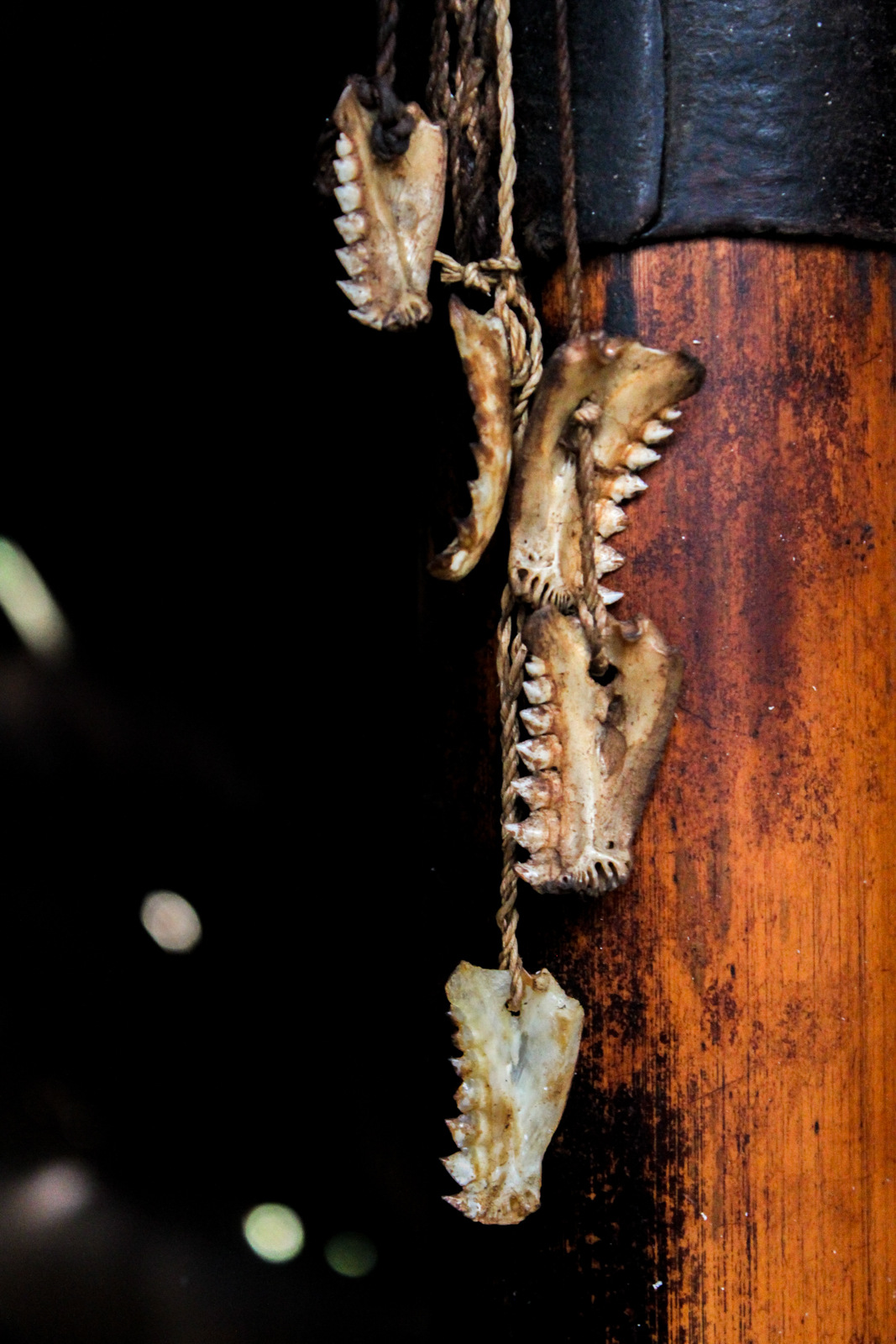
Lawmakers agreed.
Correa said oil revenues were essential for continued investments in health, education and infrastructure. Money well invested, he said, could help Ecuador lessen its dependence on oil, promote sustainable development and redistribute wealth.
“The country’s biggest challenge is the fight to overcome poverty,” said Correa, a left-wing populist who won his third term by a large margin in 2013.
Even defenders of indigenous people understand the importance of oil, which accounts for more than half Ecuador’s exports and about 40 percent of public sector revenue.
“Our country can’t go forward without oil. Without oil, we’d have to close half the schools, half the hospitals. Shutting down all oil activity is impossible,” said José Tonello, chair of a government commission aimed at preventing indigenous violence in Ecuador’s Amazon region.
At the same time, Tonello said, the government must respect the rights of the Tagaeri and Taromenane.
“They aren’t strange animals,” he said. “They are people. They have the same right to life, to their identity, their culture.”
Critics say the government has not done enough protect indigenous groups from the impact of oil drilling.
“Where there is oil, there are no human rights,” Pichilingue said. He cited an environmental impact study of Campo Armadillo which stated:
“Although there has been no formal contact with isolated groups, this does NOT mean their absence.”
Nomadic hunters often move around in search of wild game, peach palms, turtle eggs and fish. “It is important not to open roads that penetrate into the jungle since this would cause direct impact on wildlife… which is food for the isolated groups as well as Huaorani groups…” the study said.
If work in Campo Armadillo is limited to refurbishing old wells and existing roads, the potential impact could be limited. If not, violent clashes are possible, the study warned.
Violence is nothing new for the Huaorani.
For decades, they defended their territory against rubber tappers, oil workers and colonists. Armed with spears, the Huaorani attacked outsiders, seeing them as cannibals.
In 1956, the Huaorani killed five American missionaries, drawing international attention. Evangelical Christians made the first peaceful contact with the Huaorani in 1958.
Tagaeri and Taromenane clans moved deeper into the forest.
By 2005, some indigenous rights advocates feared the Tagaeri may have been wiped out.
Miguel Angel Cabodevilla, a Spanish priest who has researched Ecuador’s indigenous groups since 1984, wrote that the Tagaeri had tried to join the Taromenane in the late 1990s.
But relations between the two groups fell apart. The Tagaeri may have been trying to steal women from the Taromenane. The groups fought and most of the Tagaeri were “exterminated,” although some may have been spared and taken in by the Taromenane, Cabodevilla said in a 2005 book.
The priest said his sources for that version of events included Omatuki, a Taromenane woman who had been kidnapped by the Huaorani.
Today, Cabodevilla and other experts believe that 200 to 300 of the endangered tribesmen may remain.
The confidential 2013 government memo said 22 houses and 11 vegetable plots belonging to the tribesmen in three different areas had been detected.
In 2012, a one-eyed Huaorani named Ompure Omeway had sporadic contact with the tribesmen he identified as Taromenane.
Omeway, 70, lived as a traditional Huaorani. He went around naked and had two wives, sisters Ana and Buganey Caiga.
“He laughed a lot,” said Milagros Aguirre, an Ecuadorian journalist who knew him. “He was very endearing, very interesting, very brave.”
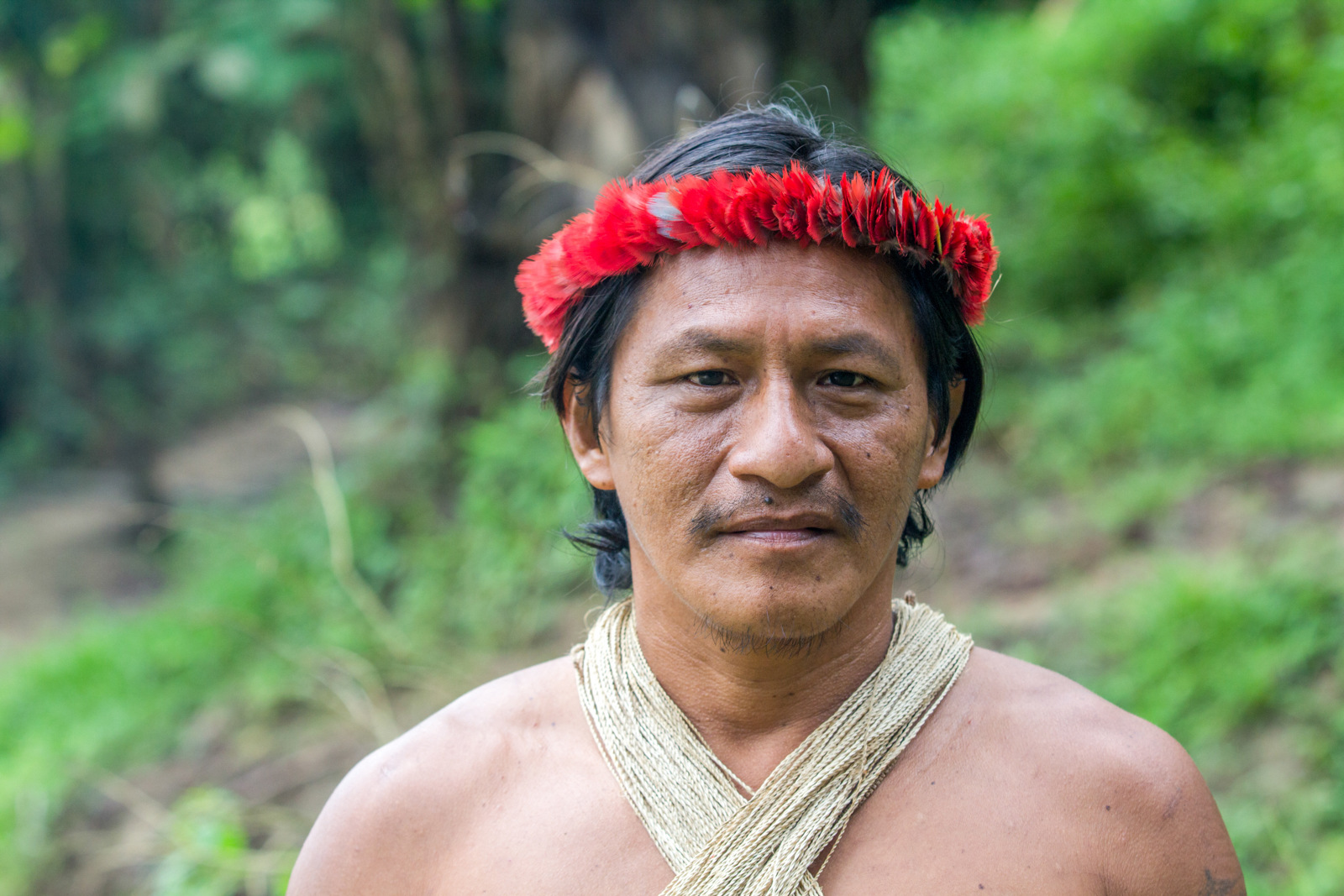
In a 2012 interview posted on YouTube, Omeway described a tense encounter with Taromenane warriors. He said they warned him that outsiders entering their territory would be killed.
Omeway, who had lost an eye in a hunting accident, went to a Huaorani tribal meeting and asked for help. The Taromenane wanted 20 knives and 20 to 30 cooking pots.
Nanto Huamoni, former head of the Organization of the Huaorani Nation of the Ecuadorian Amazon, recalled that Omeway said, “If you don’t give them to me…they are going to kill me.”
“He said, ‘I hope I survive. I hope the Taromenane don’t kill me.’ We thought it was a lie or something like that. So he left empty-handed.”
On March 5, 2013, warriors speared Omeway and Buganey Caiga, 64. He died quickly. She survived for more than seven hours. Fellow Huaorani captured her agonizing moments on video.
“Cut the spear! Cut this spear with a knife so I can live!” she’s heard saying. “Grab the spear. Hold on to it.”
Other Huaorani cut the spears jutting from her body and loaded her into a vehicle.
“I’m alive,” Caiga said, “but I’ll die when they take the spear out.”
She died at a hospital in Coca.
vPenti Baihua, a Huaorani leader, said Omeway only wanted “to live free.”
“He wasn’t afraid,” Baihua said. “Ompure was a good person. He lived peacefully. He didn’t want war, but with time he had to die.”
On March 24, 2013, Ompure’s relatives and other Huaorani grabbed their guns and hiked toward the tribesmen’s territory, intent on avenging the killings. On March 30, they reached a Taromenane longhouse, a narrow structure that can accommodate several families.
Inside, tribesmen were singing. They sang loud, like howler monkeys.
The Taromenane went for their spears once they realized they were under attack. The Huaorani killed them as they came out of the house.
Aguirre and Cabodevilla wrote “A Hidden Tragedy,” a book about the massacre. It quotes the Huaorani attackers as saying:
“The bullets flew and they fell. A lot of people ran. ‘Run! Run! Run!’ a big man was saying. ‘Run or they’ll kill you.’ There were a lot of them. We put a bullet in one’s eye. We killed them like fat pigs. That’s how we killed them.
“We were dizzy. After so many people we killed, we were dizzy.”
The Huaorani shot photos and video of their victims. They also cut off one man’s head, later dumping it on the ground to show off their work. Some of the attackers also posed for pictures and gave interviews.
“Look, if they were killers, a killer doesn’t take photos with the dead, right?” Aguirre said. “There’s no concept of murder in their way of seeing the world. There is revenge, there is war.”
The Huaorani didn’t keep track of the number of people they killed. Aguirre said it might have been 30 or more.
The Huaorani also kidnapped two children, Conta and Daboka. Conta later said she had heard of Tagae, leading to speculation that her family were Tagaeri or perhaps Tagaeri who had joined the Taromenane.
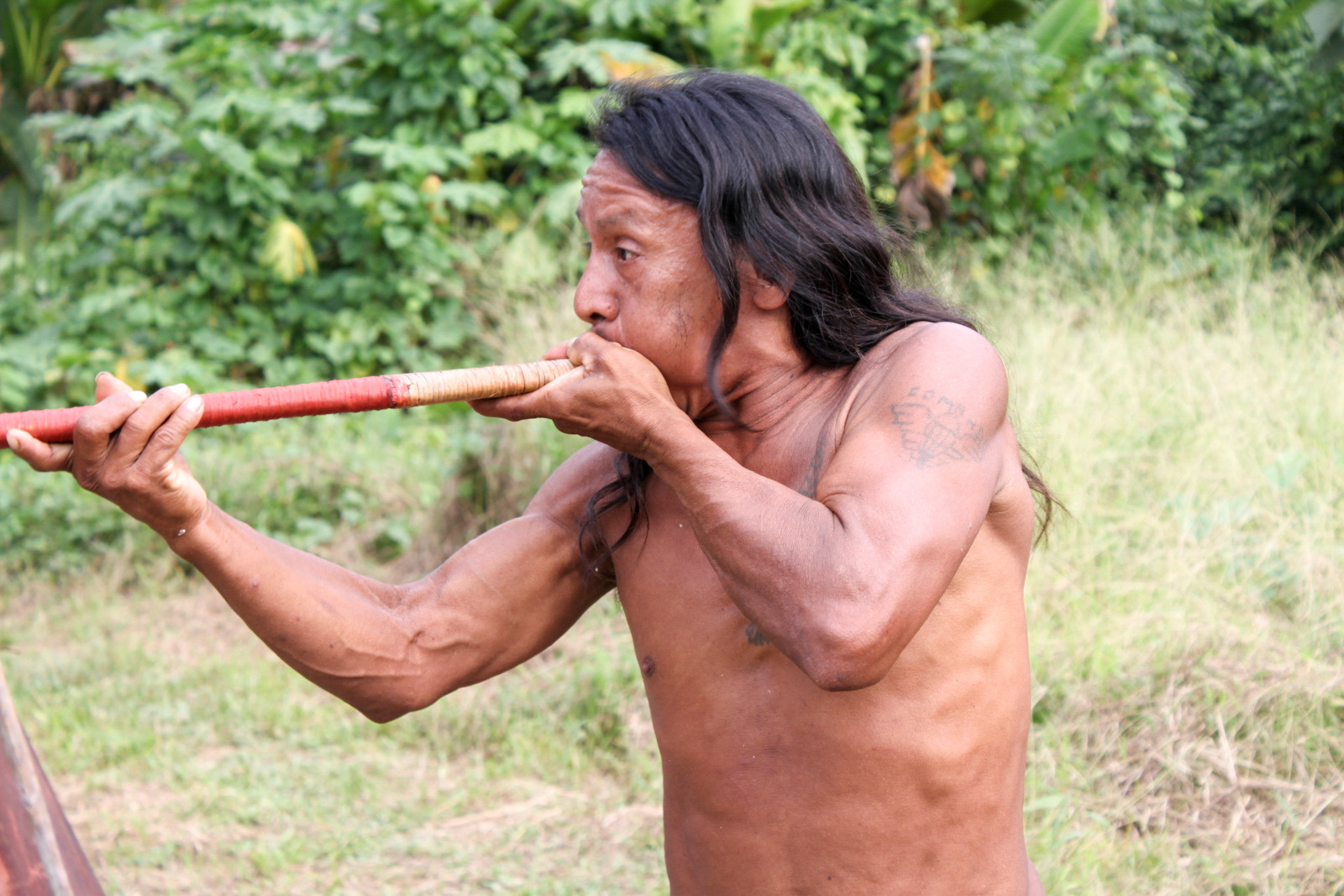
Omeway’s niece, Alicia Cahuilla, said she’s angry because authorities haven’t done anything for Omeway’s family.
“They aren’t helping. Nothing, nothing. That’s why I’m mad at the government.”
She said authorities could have prevented the massacre if they had offered compensation to Omeway’s family after the couple was killed. She said officials should have immediately met Omeway’s children and asked, “What do you need so there won’t be any more problems?”
Relatives waited for that but got no response from the government, she said, so they decided to take revenge for the killings.
The authorities eventually charged 15 people in the massacre. Seven were jailed in Coca. Three escaped after they were let out of their cells to play volleyball, a guard said. One was quickly recaptured and joined the other four.
“I hope we get out of here soon,” Berone Tani, 28, said from jail in August 2014.
He shared a cell with Ompure Omeway’s son, Fernando Omeway, 40. The two whiled away their time making paper palm trees and ducks.
Omeway smiled and asked a visitor for some size 7 shoes. Other Huaorani prisoners requested bread, snacks and soft drinks.
“We’re not criminals,” one said. “We don’t steal. When they took me to jail, my mother cried.”
Another Huaorani said he was surprised he was arrested after the killings.
It’s no wonder. The authorities prosecuted no one after nine Huaorani killed as many as 26 tribesmen on May 26, 2003.
Baihua went to the scene five days later to investigate. “All we found were skeletons and bones,” he said.
The Huaorani told journalists they were avenging a Tagaeri’s murder of a Huaorani in 1993. Revenge is a Huaorani tradition, Baihua said. But he believes the Huaorani attacked on behalf of illegal loggers who wanted to work in Tagaeri territory.
The victims weren’t Tagaeri. They were mostly Taromenane women and children.
The government did not launch an official investigation or punish the killers.
After the 2013 massacre, authorities didn’t travel to the crime scene for eight months.
The accused killers faced 16 to 24 years in prison, but a judge freed them in November 2014 because the victims’ bodies were never found.
Authorities botched the investigation, Aguirre said.
“The government hasn’t known what to do from the very beginning and I don’t think it’s wanted to listen, either,” she said.
In a radio address, Correa criticized Aguirre’s work. He said her book had excessive footnotes and was of “very low quality.”
He also defended his government.
“These are very difficult things. We did what was possible.”
Aguirre fears for the future of the isolated tribesmen. They face “extreme vulnerability,” she said. “They’re surrounded on all sides by enemies. I don’t know if they’re going to be able to survive like this.
“If the whole group doesn’t die, I think they’re going to insist on contact because there’s a food crisis. They need tools.
“I think contact by them will happen sooner or later even if for sheer survival. They don’t have another way out.”
